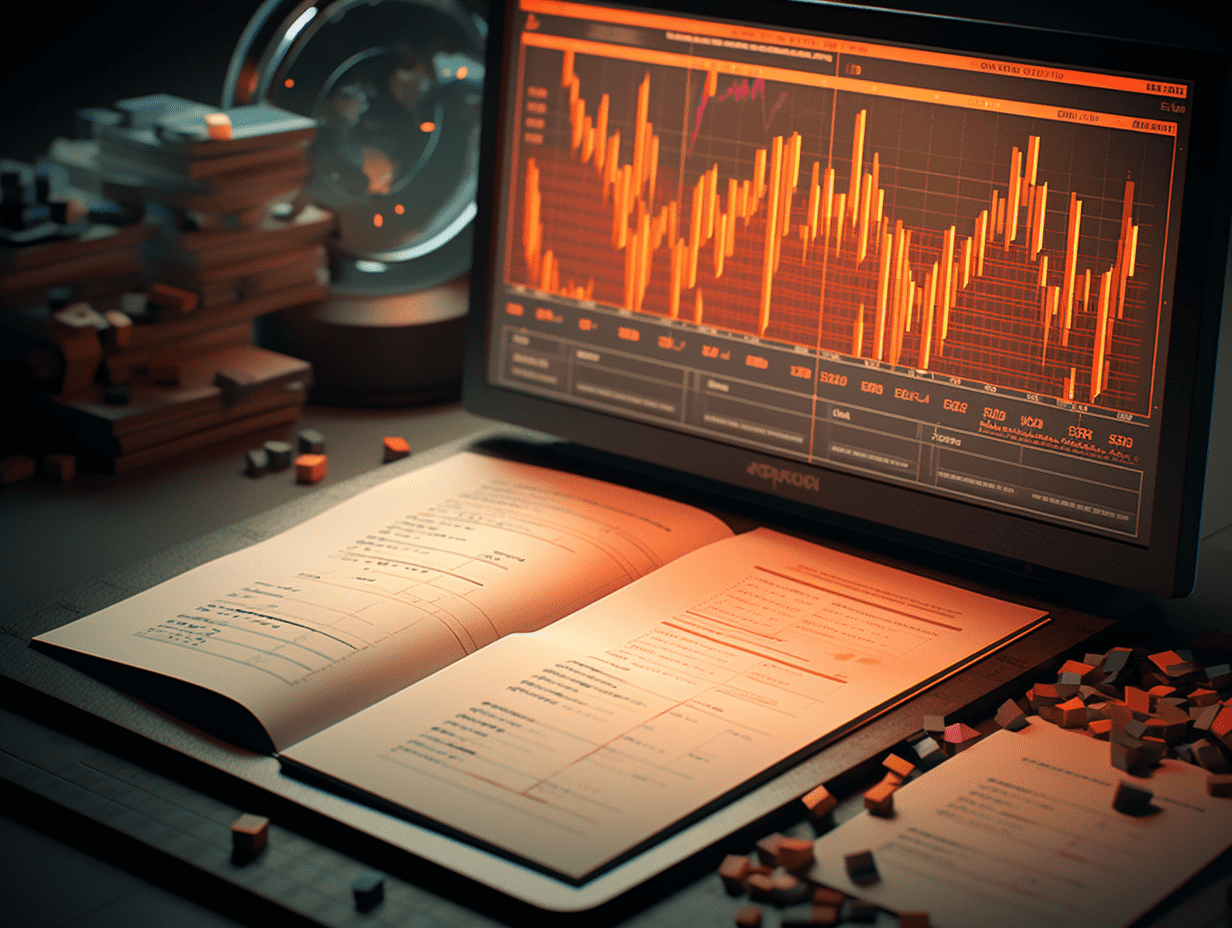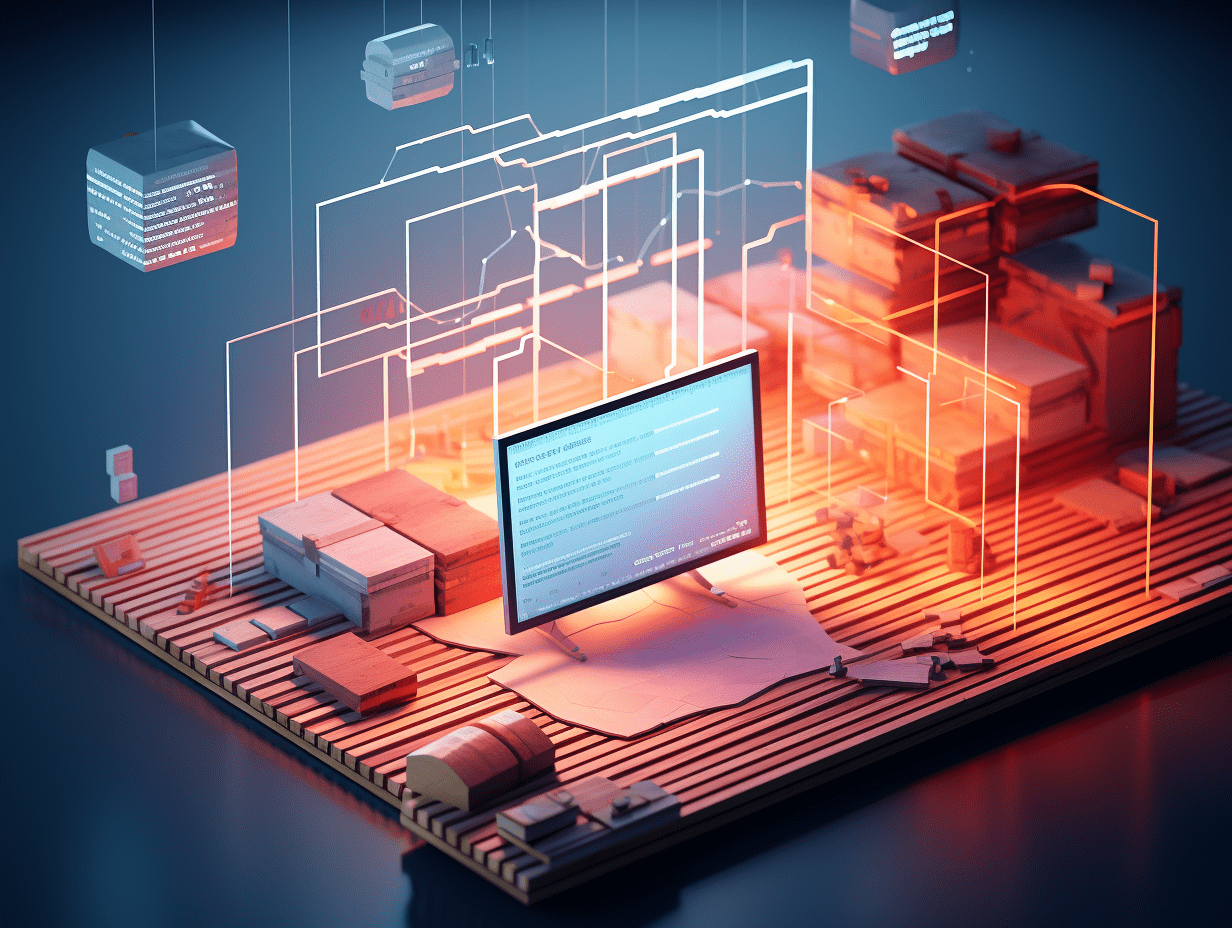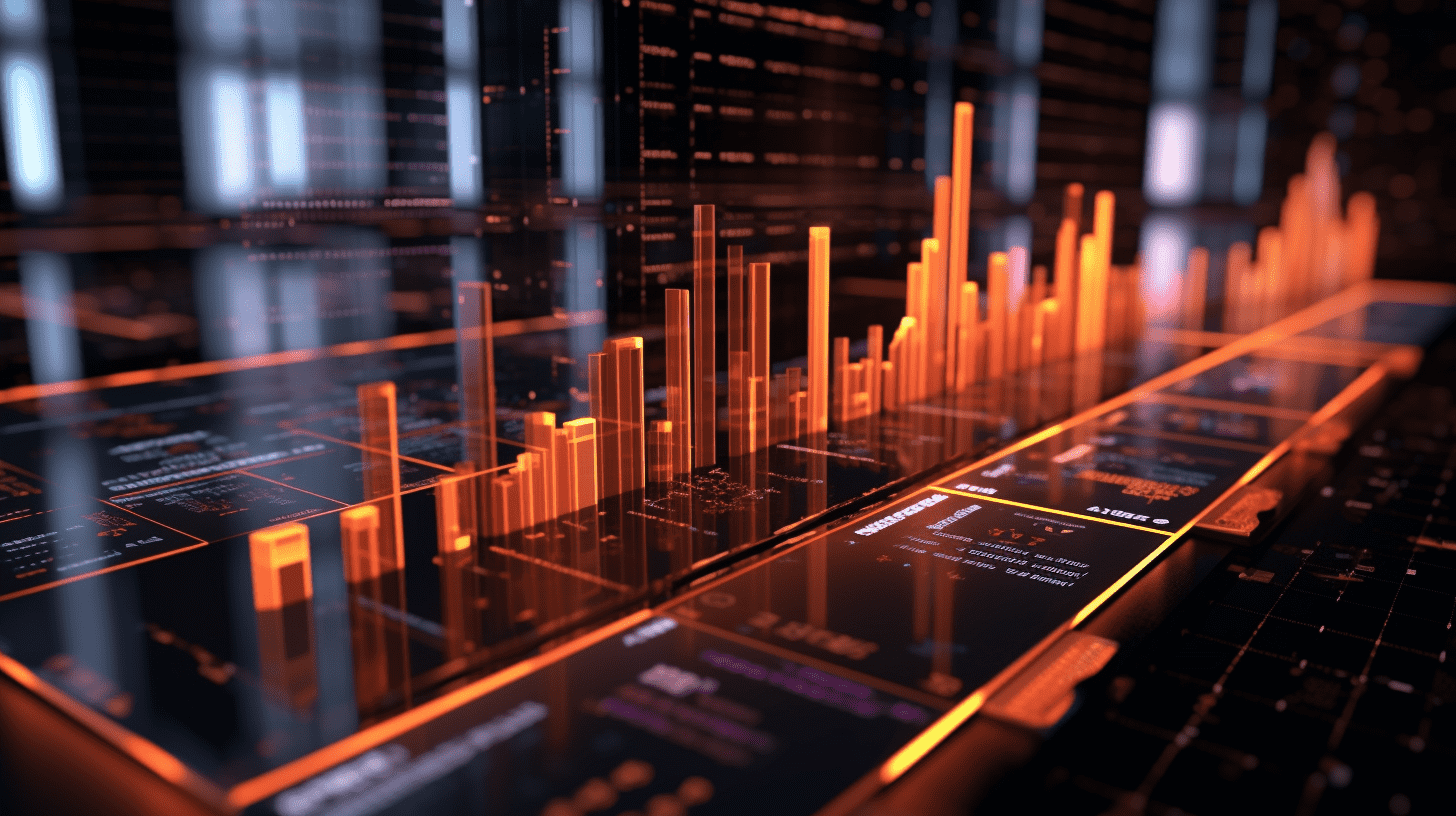
GGII: China's energy storage lithium battery shipments are expected to increase by more than 60% compared to 2023. Overseas market demand is strong.
The High-tech Industry Research Institute (GGII) stated in a report that global shipments of energy storage lithium batteries are expected to increase by over 55% in 2024 compared to the previous year, with China's shipments of energy storage lithium batteries expected to increase by over 60%. Specifically, the shipments of energy storage lithium batteries for power/utility/commercial use are expected to increase by over +70%/+25%/+40% in 2024.
The structure of energy storage lithium battery shipments (GWh) from 2022 to 2024 shows that overseas demand will continue to be a highlight of the energy storage lithium battery market in 2024. GGII's statistics show that China's overseas orders for energy storage lithium batteries in 2024 will exceed 120GWh, with a majority going to the United States, Europe, Southeast Asia, and the Middle East, with European and American demand accounting for 73%. The majority of orders above GWh are secured by the TOP10 enterprises.
Due to the strong demand in overseas markets, leading lithium battery companies in China have increased their presence in overseas markets in 2024. For example, Eve Energy Co., Ltd. (300014.SZ) has established its headquarters in North America, Haichen Energy's Fremont marketing center/Texas 10GWh factory, and REPT BATTERO's U.S. subsidiary, among others. Additionally, Eve Energy Co., Ltd./Haichen Energy/REPT BATTERO have focused on setting up factories in Southeast Asia and the Middle East markets.
To meet the high demand and intense competition in the energy storage lithium battery market, battery cell companies are building comprehensive R&D capabilities integrating cell-PACK-DC chamber, and even gradually entering the AC side, with Contemporary Amperex Technology competing with other integrators in domestic tenders (such as the 5GWh energy storage system collective procurement by China Energy Engineering Corporation in 2024). REPT BATTERO's Lajun New Energy, an investment in building a 10GWh integrated energy storage system, is one of the projects.
China is a major participant in the global energy storage lithium battery market, with domestic lithium battery companies leading the global market. In 2024, Chinese companies' shipments of energy storage batteries will account for over 90% of global shipments, with all of the top ten companies in the global market being Chinese. With Chinese companies driving the market, along with safer product performance and lower costs, the global trend towards lithium iron phosphate batteries for energy storage is becoming more pronounced, as companies in Japan and South Korea have all dropped out of the top ten in market share in the energy storage lithium battery market. The 314Ah cells and 5MWh products developed by Chinese companies showed strong market acceptance globally in 2024, surpassing expectations.
Despite the rapid growth in shipments of energy storage lithium batteries in 2024, intense price competition has led to reduced profits for lithium battery and upstream material companies, with over 60% of listed lithium battery companies in China experiencing a year-on-year decline in net profit attributable to the parent company of 40-60%. In the overseas market, under multiple pressures such as the trend towards lithium iron phosphate batteries for energy storage, accelerated overseas expansion by Chinese enterprises, and price competition, Japanese and Korean battery companies are facing immense pressure. Public data shows that in 2024, three Korean battery companies (LG ES, Samsung SDI, SK ON) recorded a combined operating loss of up to 800 billion Korean won (approximately RMB 40.3 billion).
With Japanese and Korean companies stepping back and Chinese companies exerting strong pressure, the concentration of the global energy storage lithium battery market further increased in 2024, with the CR10 index increasing from 88% in 2023 to 93%. Contemporary Amperex Technology, Eve Energy Co., Ltd., and Haichen Energy are among the top three globally. In order to cope with more intense market competition, cell companies have taken a series of measures to increase shipments, including accelerating overseas expansion, cost control, targeting major customers, and extending into the DC side, with some companies achieving rapid growth in shipments in 2024 due to the outstanding advantages of their 314Ah products.
GGII has officially released the 2024 ranking of energy storage lithium batteries, with all shipments calculated after deducting OEM quantities.
For Power Energy Storage Lithium Batteries:
The rapid switch to 314Ah and capacity release were important factors affecting enterprise shipments. Due to downstream demand from major applications in the large-scale energy storage sector, the penetration rate of 314Ah in both domestic and overseas large-scale applications exceeded expectations in 2024, reaching 40% for the year, with an expected penetration rate exceeding 70% in 2025. The total production capacity of 280Ah & 314Ah in 2024 was 440GWh, and it is expected to reach 530GWh in 2025, an increase of 20% compared to the previous year.
In 2024, the third generation energy storage cell 500Ah+ will be successively released, with volume production expected to begin in 2025.
For Household Energy Storage Lithium Batteries:
The market mainstream is still 50-100Ah. In terms of cycle life, a general requirement is to achieve a cycle life of 6000 times @ 80%, with high-end products able to reach 10000 times @ 80%. In order to meet the 15-20 year warranty period for high-end markets, some companies are introducing lithium supplementation technology into household storage products to address capacity attenuation issues. In addition, some products can operate at temperatures as low as -30C, with the ability to provide high power instant response during peak electricity consumption in households.
For Communication Energy Storage:
Communication energy storage is characterized by a concentration of downstream customers in base station energy storage, with periodic demand for base station construction and battery replacement. In 2024, there was little activity in terms of tenders, with China Mobile Limited purchasing 1.19GWh of phosphate iron lithium batteries (second batch) for communication purposes, a 78% decrease compared to the previous year, with a winning bid price of 0.53 yuan/Wh, down 32% from 0.78 yuan/Wh in 2023. In some overseas regions, there is an issue of unstable power supply to base stations, making energy storage an important means of ensuring power supply reliability, and future demand for communication energy storage is expected to remain stable.
For Data Center Energy Storage:
In terms of data center energy storage, the rapid decline in the prices of photovoltaics and energy storage in recent years has led to the current era of "parity with light and storage." According to GGII's calculations, the levelized cost of electricity (LCOE) for photovoltaic + energy storage in 2024 was lower than that of coal-fired electricity. In March 2024, the levelized cost of electricity for photovoltaic + energy storage in 2024 was lower than that of coal-fired electricity.Guodian Nanjing Automation 64.8MW/259.2MWh data center demonstration project energy storage system bidding, the project adopts an integrated clean energy supply mode of "wind + solar + data center + energy storage".Driven by the computing power of artificial intelligence, it is expected that in the future, a collaborative development model of "scenic base + data center + energy storage" in the West and a model of "data center + source-network-load storage" in the East will gradually emerge. Projects such as the Guangxi Laibin New Energy Data Center project and the Inner Mongolia Zhongjin Data Center Ulanqab Zero Carbon Computing Power Base project will become another growth point.
RECOMMEND
©️2013 - 2025 GMT EIGHT Holdings. All Rights Reserved.
Contact: contact@gmteight.com


